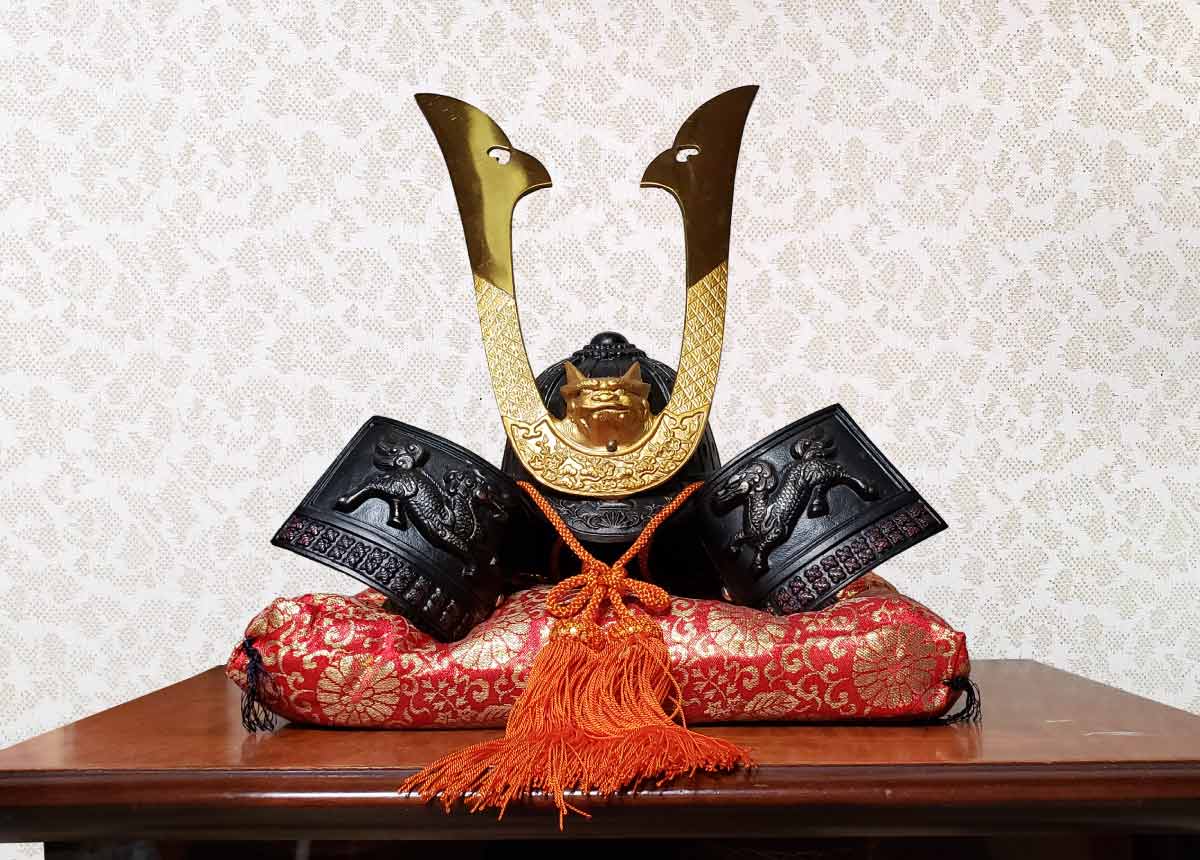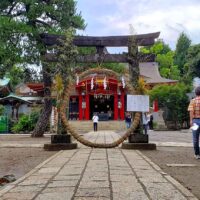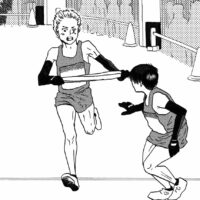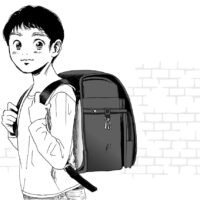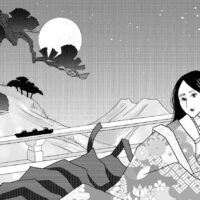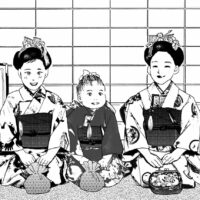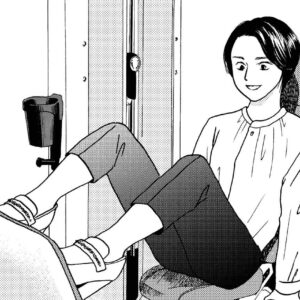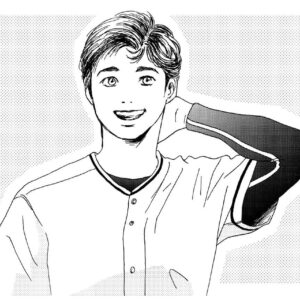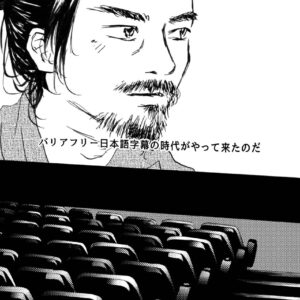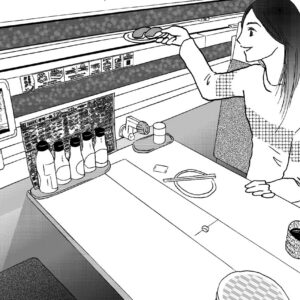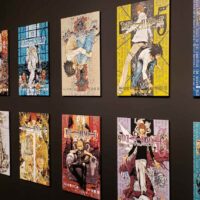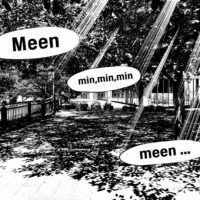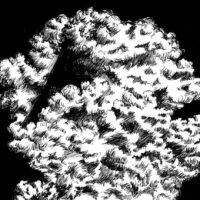May 5 is “Tango no Sekku”, a day in Japan to pray for the healthy growth of boys. Originally, the birth of a male heir was the most important event in the life of a samurai family and was celebrated on this day by displaying helmets and banners in a grand manner.
On this day, the Kabuto (Japanese samurai helmets) and the Koinobori (carp streamers) are displayed.
The Kabuto is a spiritual symbol of the samurai as well as protective headgear. During the Warring States period, when helmets were still actually worn, they stood out on the battlefield and flaunted dignity and status. When domestic civil strife ended and armor was no longer used in wars, helmets and other protective gear were treated as ornaments that represented the dignity of the family. This spread to the common people, who began to bless their children’s bright futures by displaying decorations in the shape of helmets on this boys’ day.
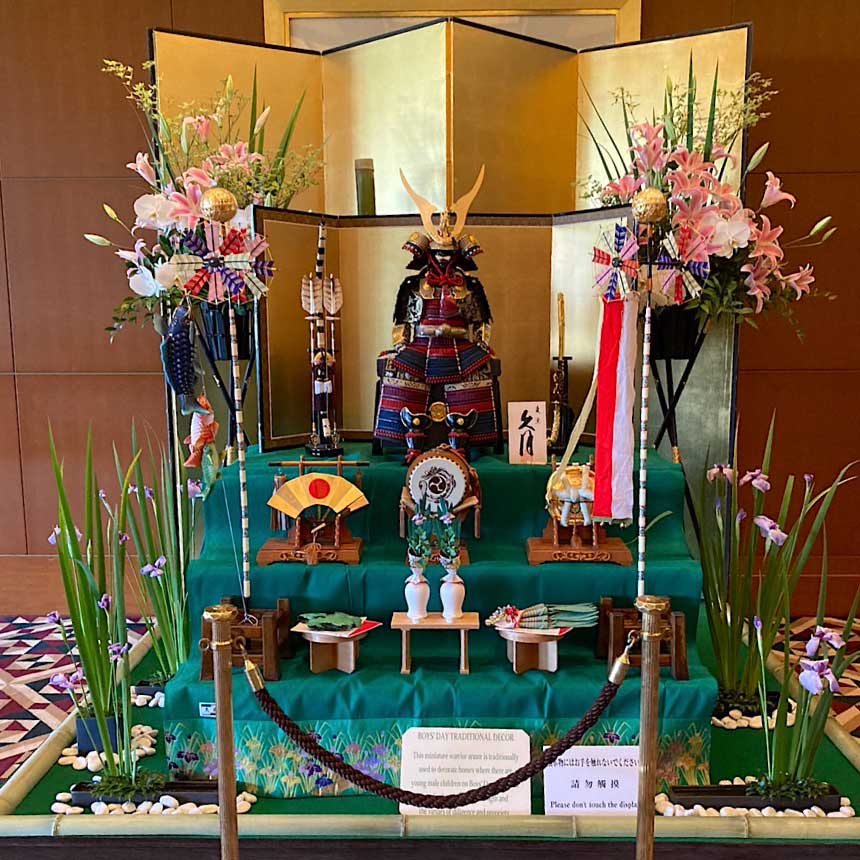
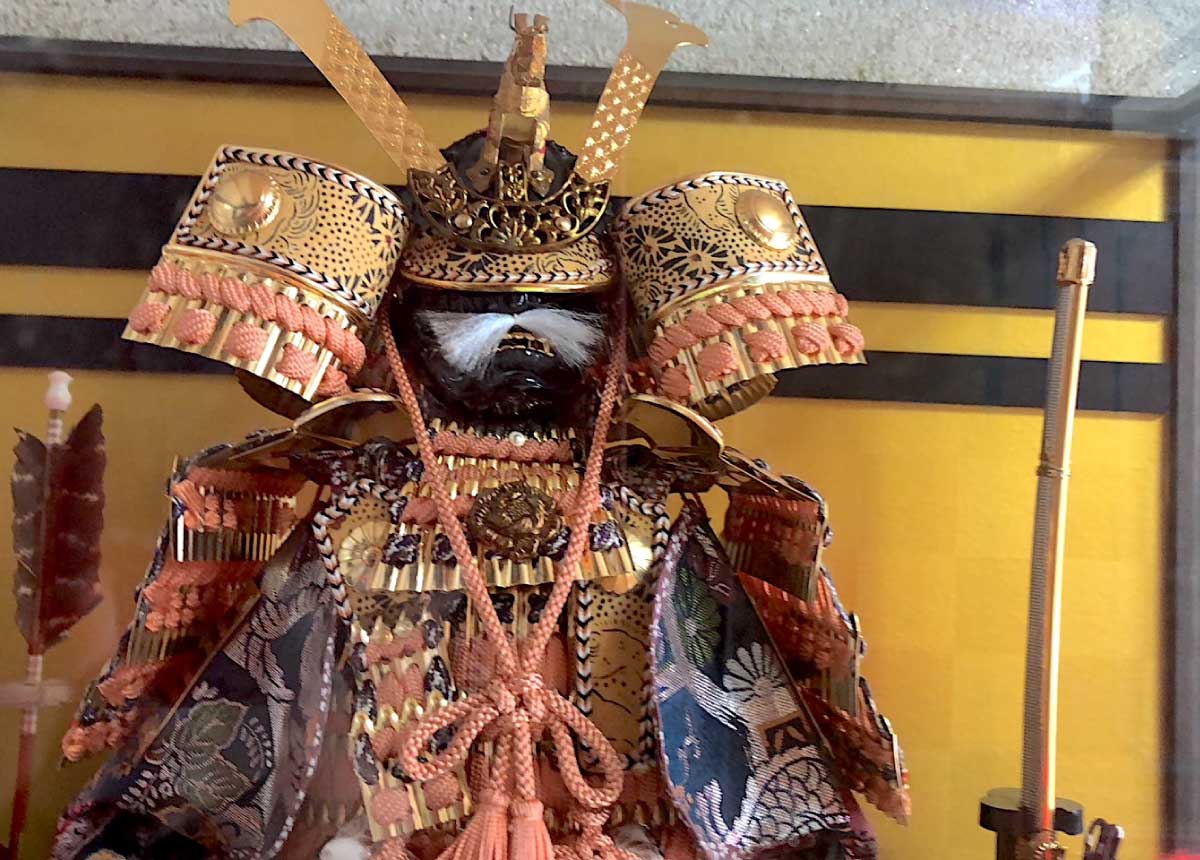
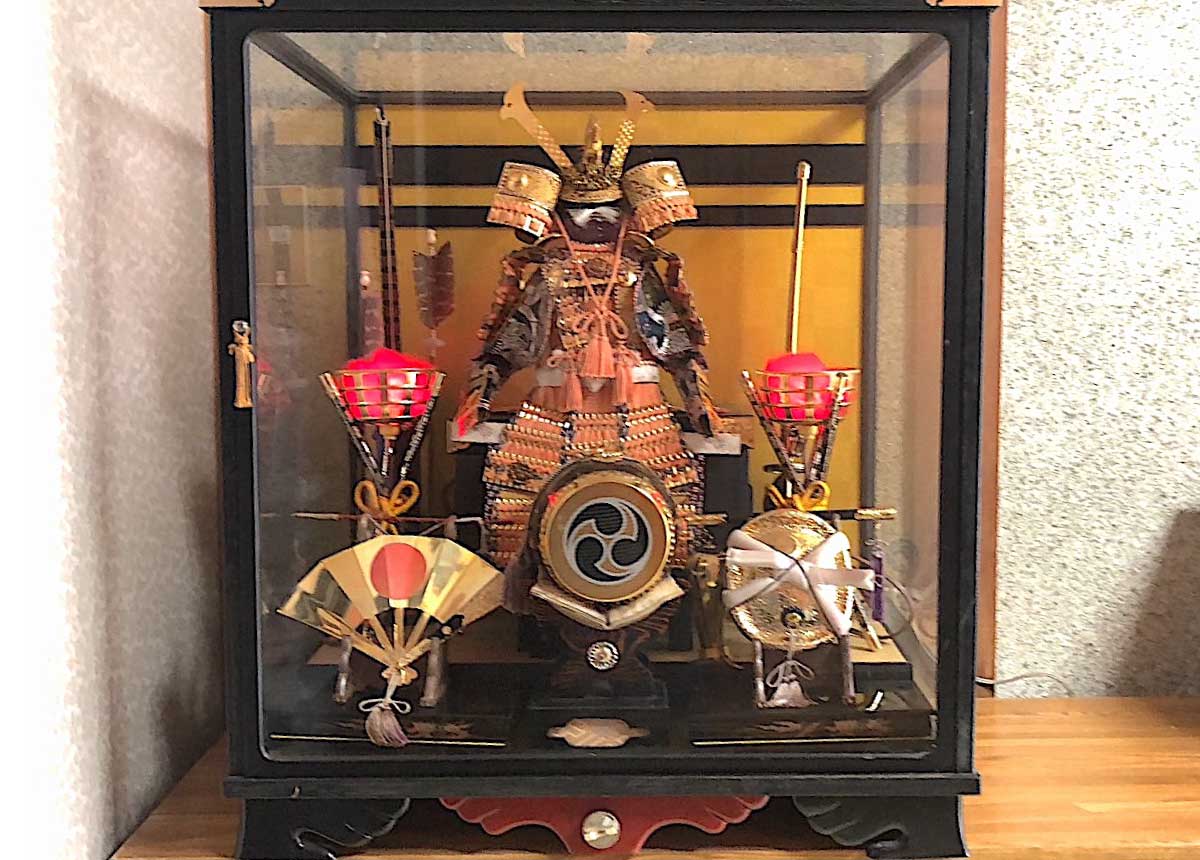
Another display that symbolizes this day is the Koinobori. It is streamers made in the shape of a carp, which flutter in the wind. The carp symbolizes the strength of life force and success in life. The story originates from a Chinese legend that a carp that climbs over a swift waterfall becomes a dragon and ascends to the heavens.
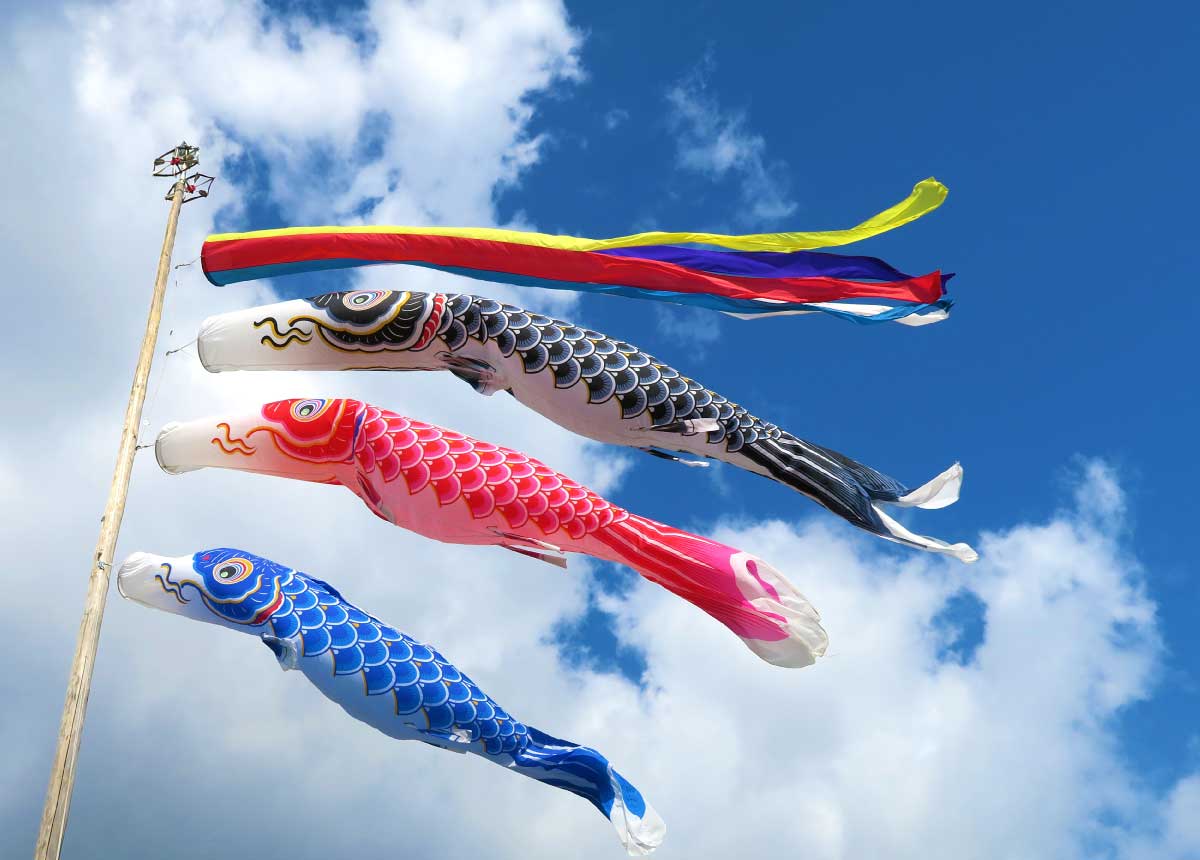
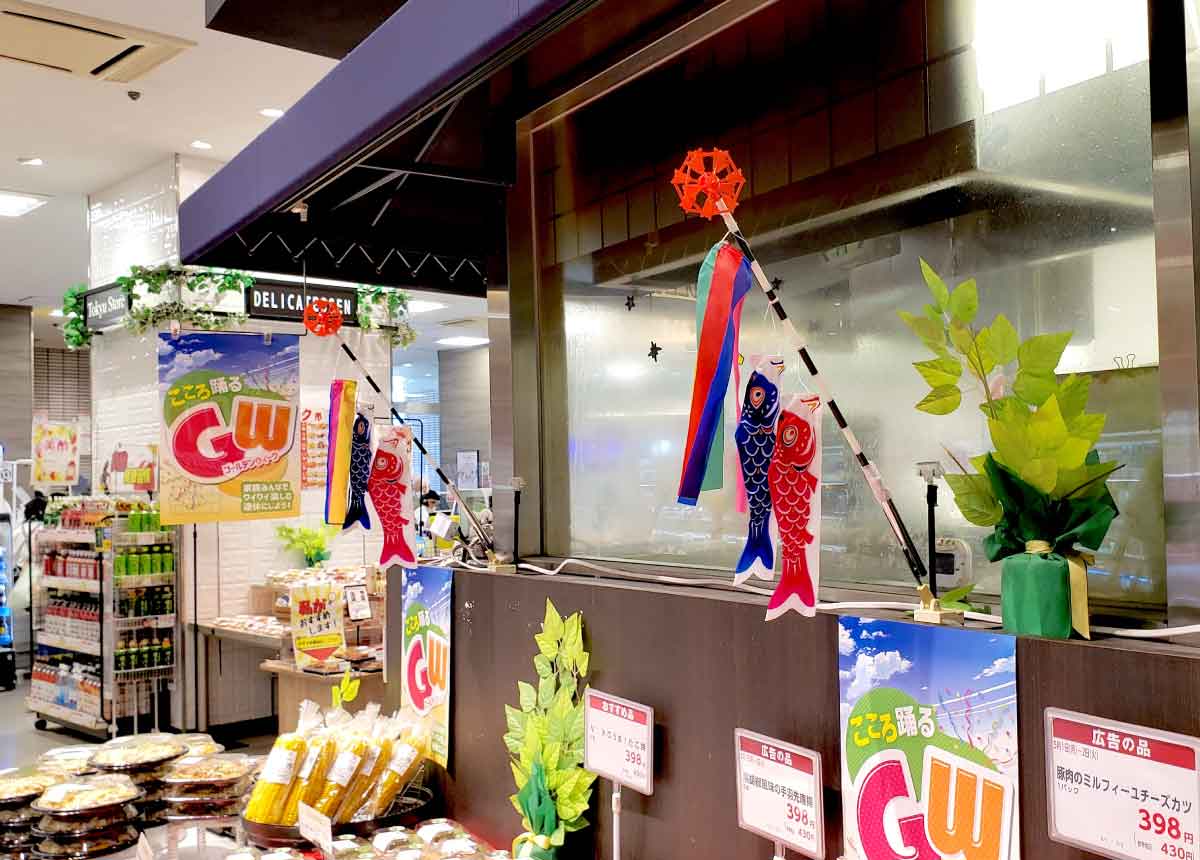
In 1948, this day to celebrate the growth of boys became a national holiday called Children’s Day, which also includes girls. So, the present day, May 5, also means to respect children’s character, promote their happiness, and thank their mothers.



